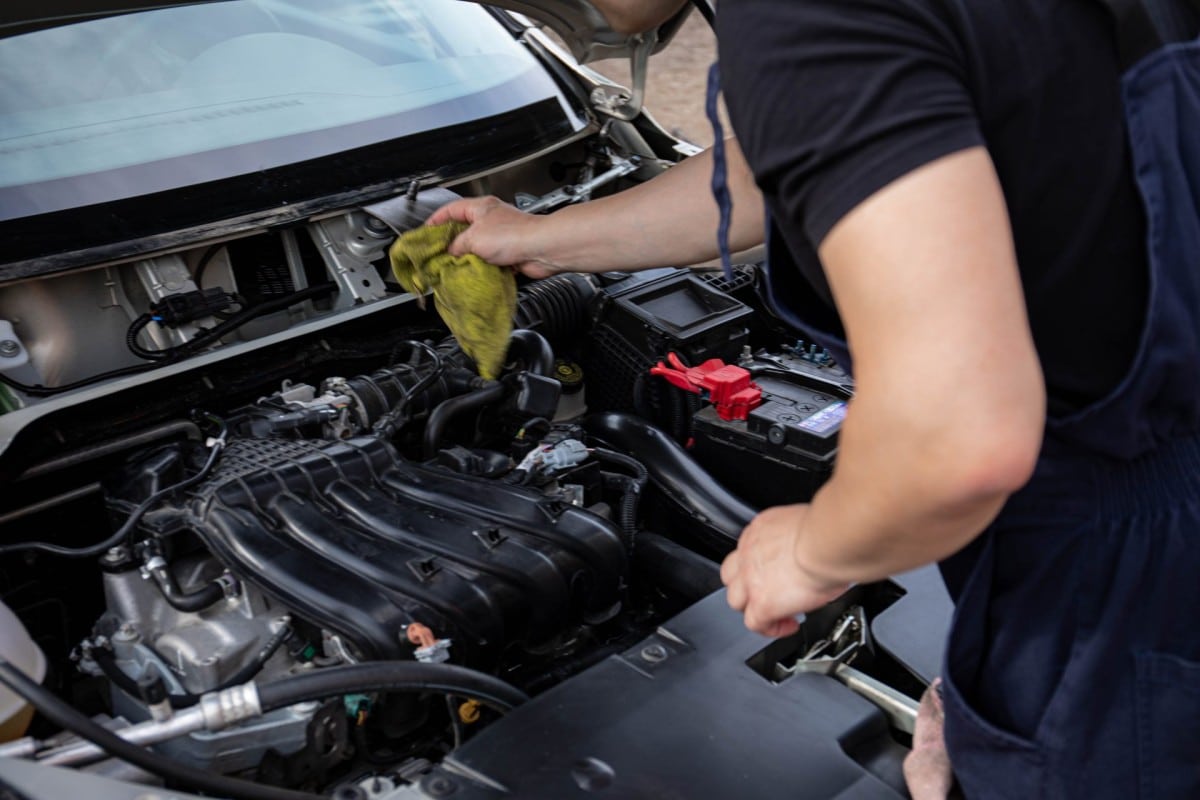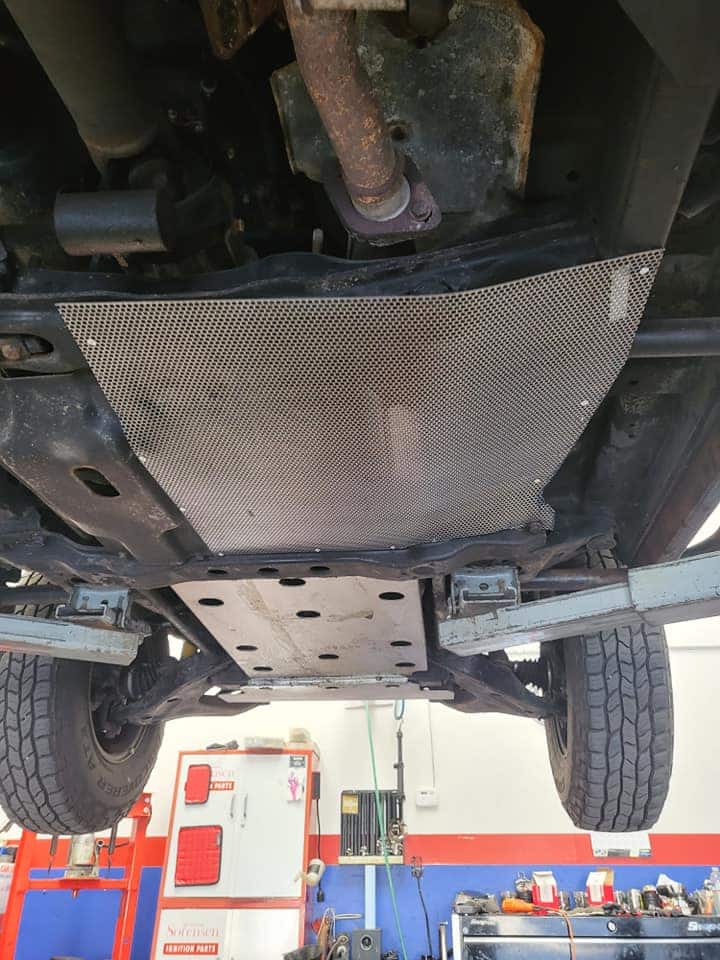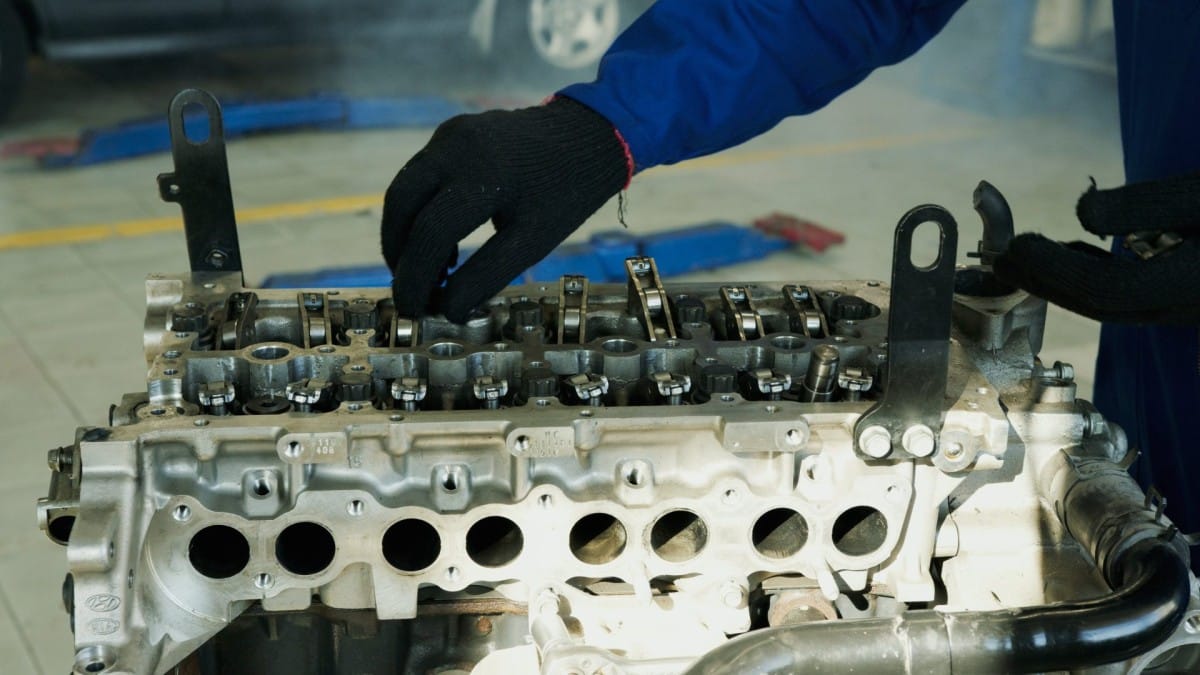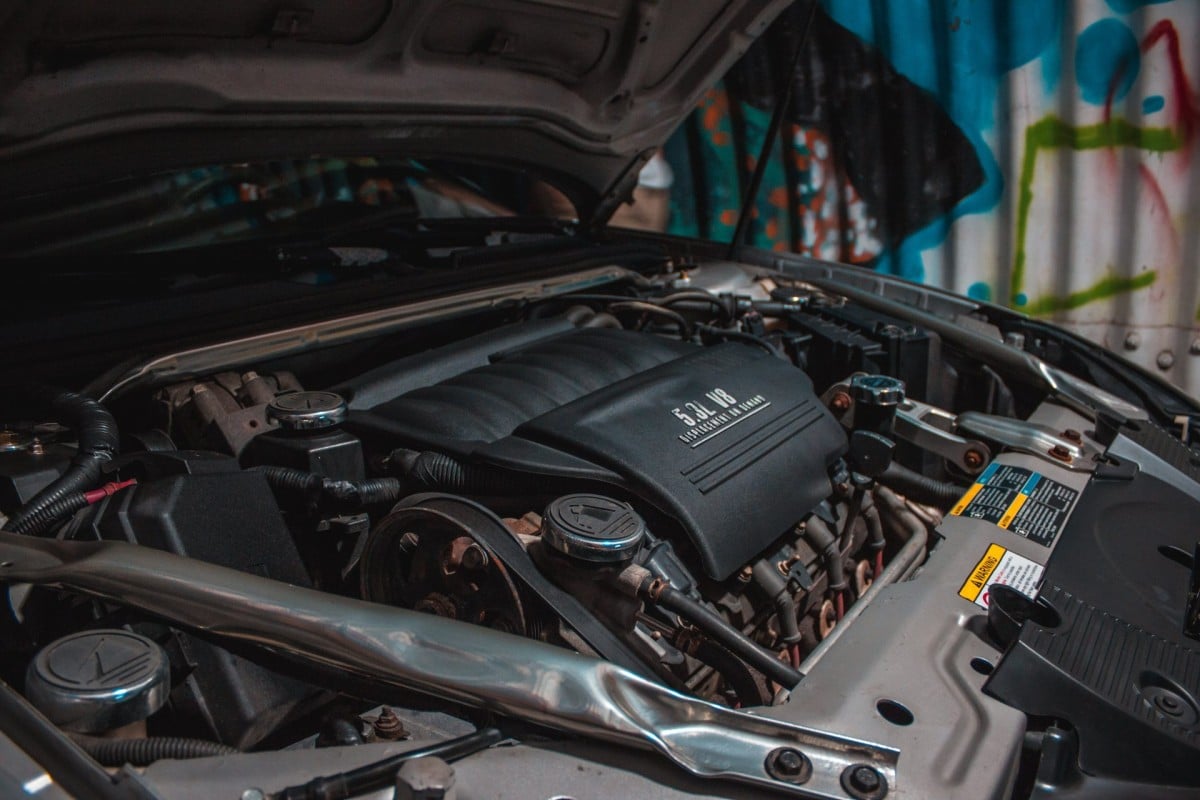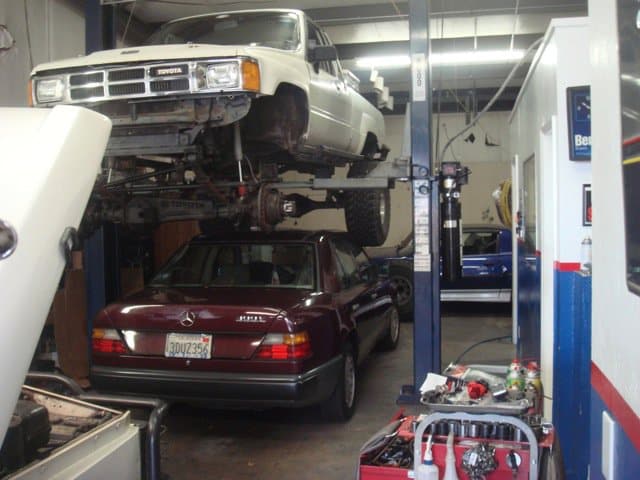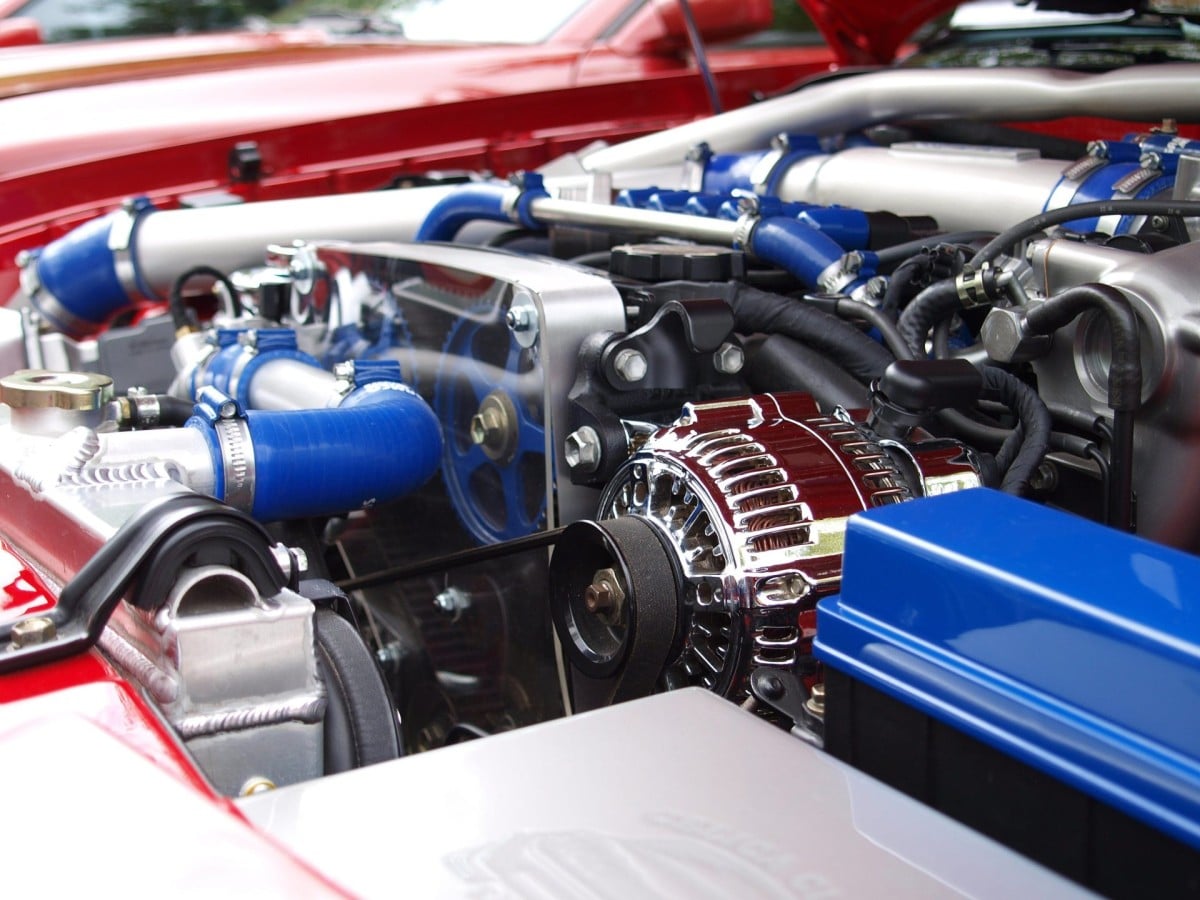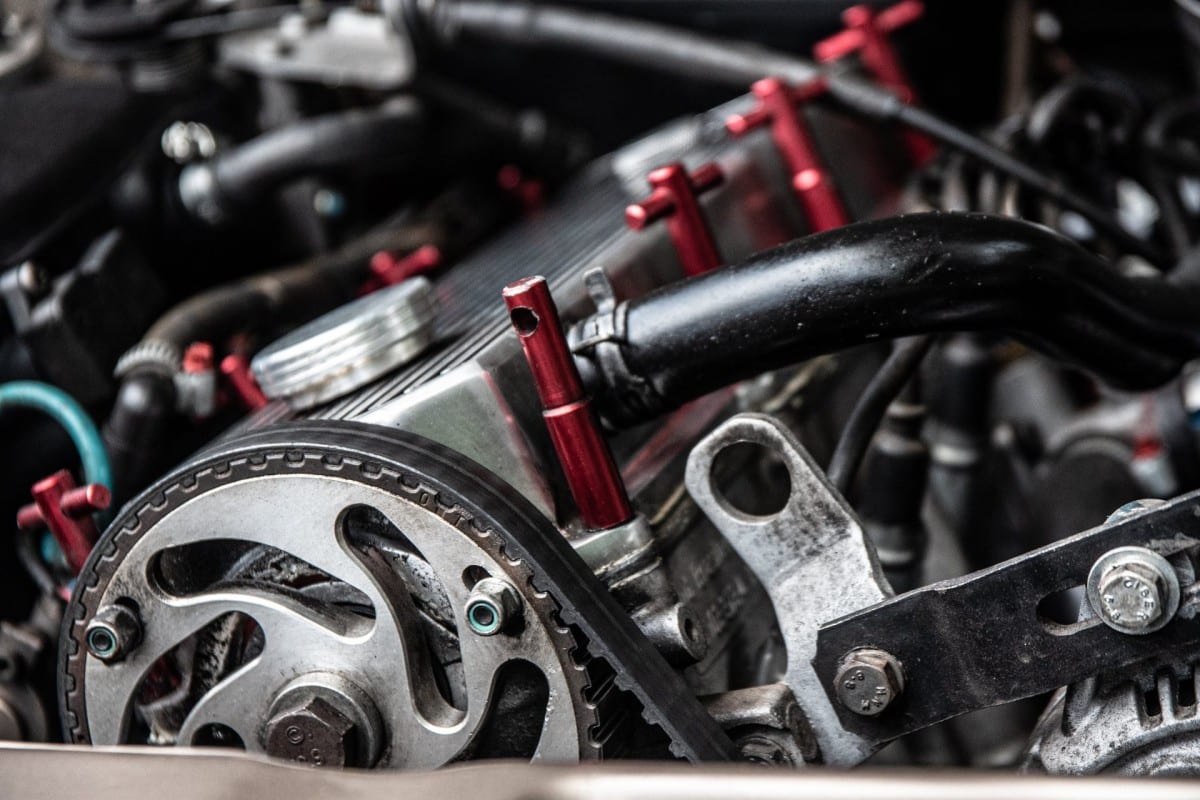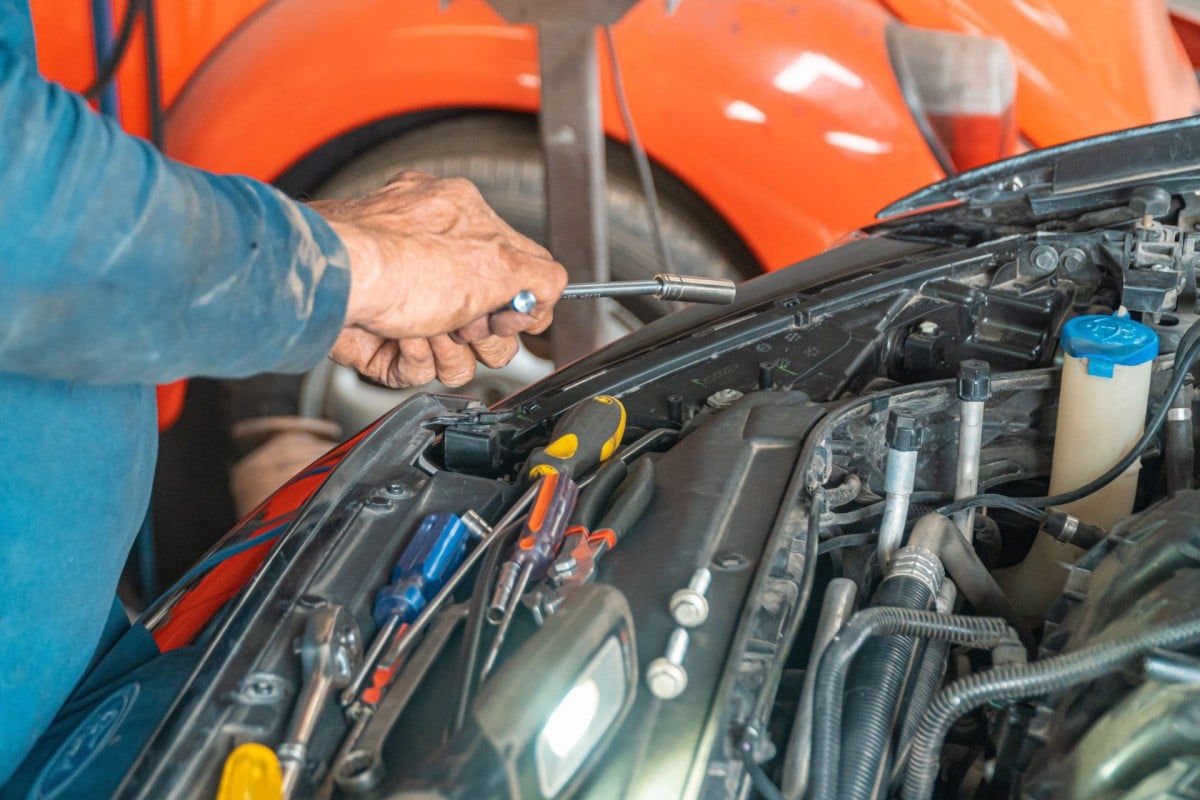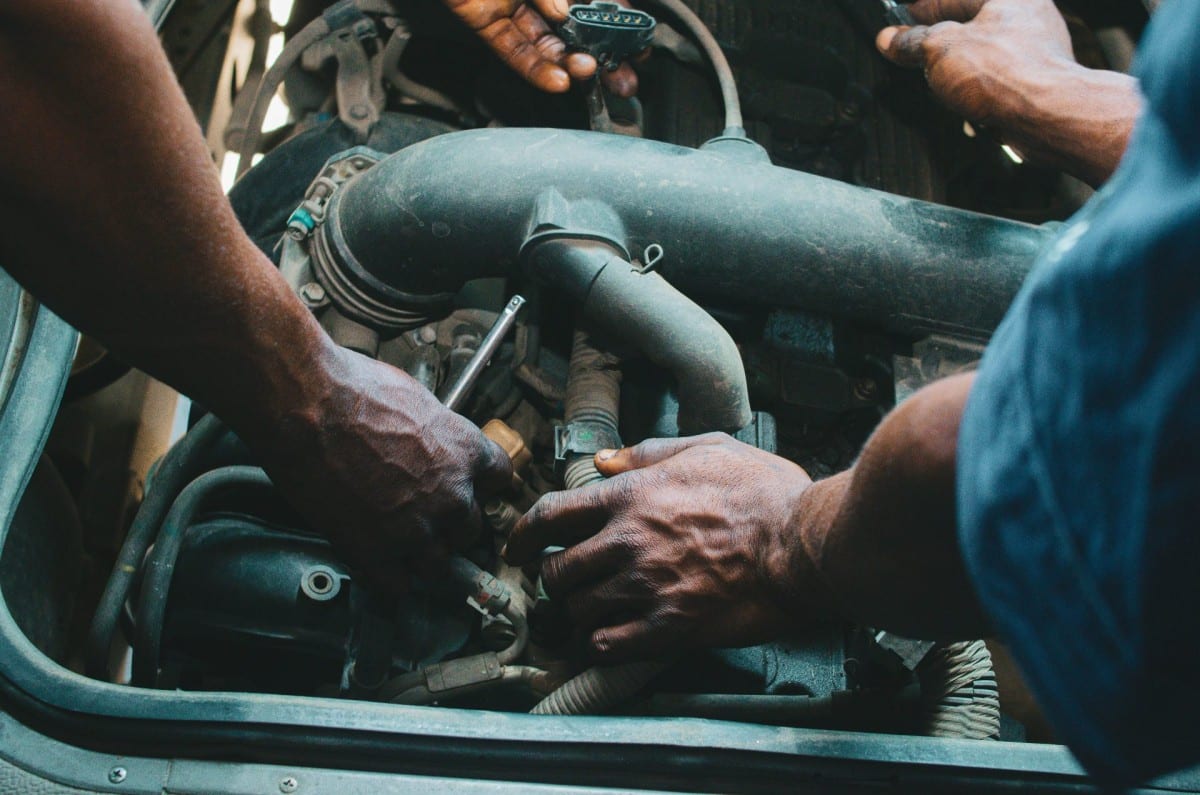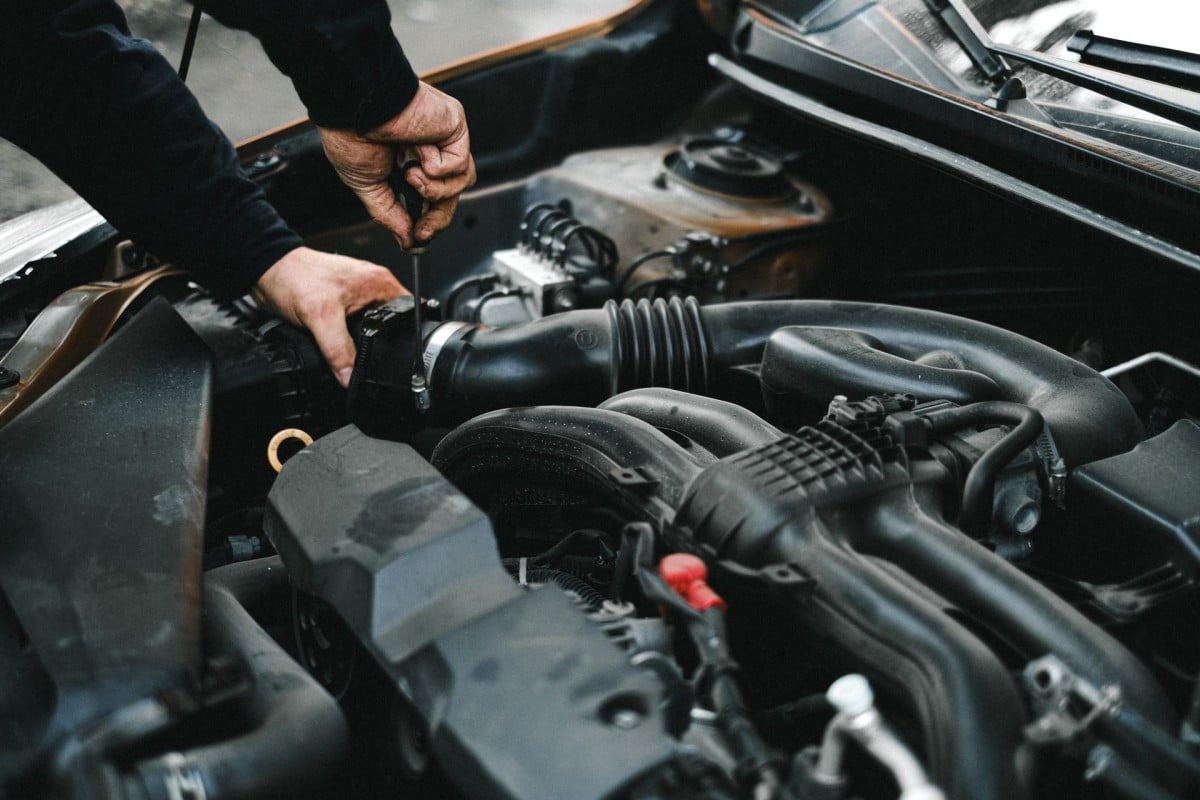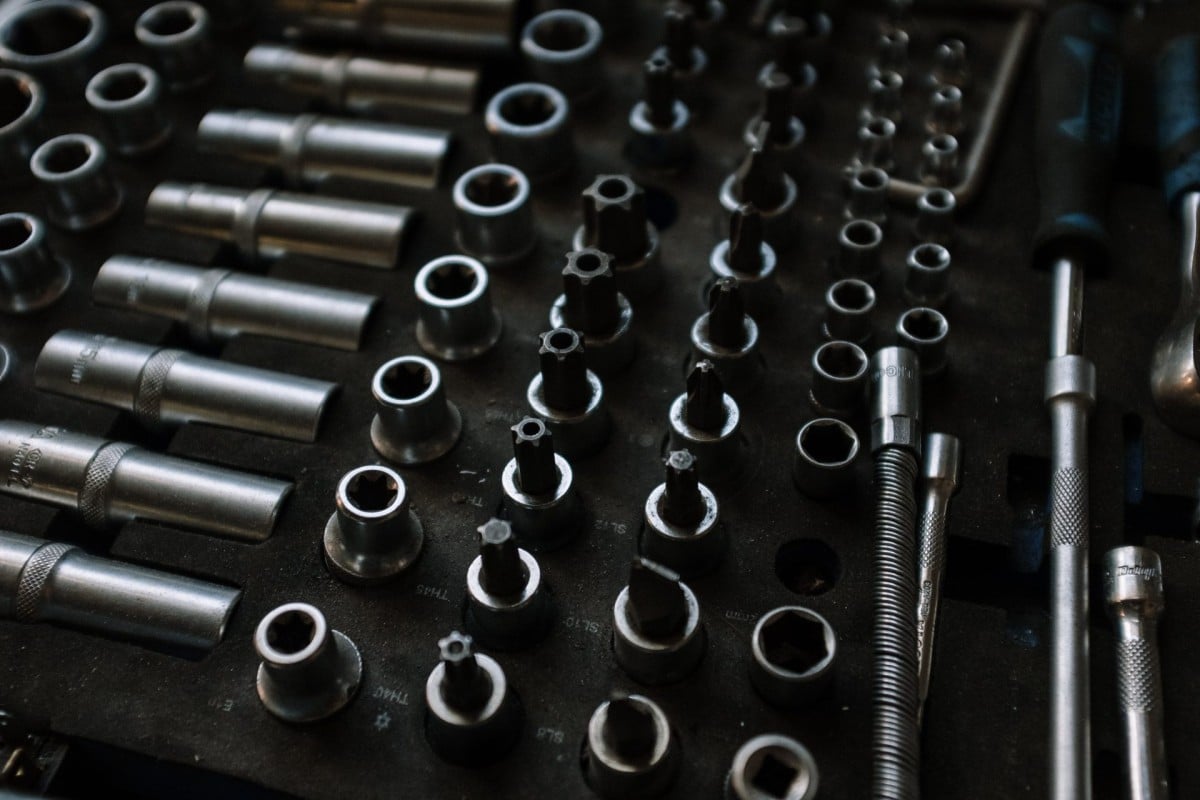Understanding Camber, Caster and Toe Alignment
It’s not uncommon for a driver to take their vehicle in for a wheel alignment and have no clue what it is that the mechanic is doing. Alignment can seem like a total mystery, especially when you hear terms like “camber”, “caster”, and “toe” being thrown around. This article will explain exactly what these terms mean so that you can better understand the wheel alignment process.
What is Camber?
Camber is the angle of the wheels when viewed from the front or back of your vehicle. When viewed from the front, it can be either negative camber or positive camber. Negative camber means that your wheels are leaning away from each other at the top while positive camber indicates that they are leaning towards each other at the top. The purpose of adjusting your camber is to ensure that there is equal contact between your tire and pavement as well as to improve tire wear.
What is Caster?
Caster works in conjunction with camber to help keep your car stable while driving straight down a road. It refers to the angle of your steering axis when viewed from either side of your vehicle. Adjusting caster helps with directional control when cornering as well as improving straight-line stability on highways and freeways at higher speeds.
What is Toe?
Toe is a term used to describe if both tires on an axle are pointed inwards or outwards relative to one another, similar to how someone might point their toes while standing up straight. If they are pointing inwards towards one another then this would be referred to as toe-in while if they are pointing outwards this would be known as toe-out alignment. Adjusting toe helps with fuel efficiency by reducing rolling resistance caused by tire scrubbing against pavement due to incorrect alignment angles during hard cornering maneuvers or high speed driving on highways and freeways.
Why Does Wheel Alignment Matter?
Wheel alignment has many benefits beyond just improving tire wear or increasing fuel efficiency; it also helps improve safety on roads and highways by ensuring proper directional control without any drifting or pulling during maneuvering around turns and curves at higher speeds as well as making sure all four tires distribute weight evenly across all four corners which reduces wear on suspension components over time due to more even distribution of load forces during acceleration, braking, and cornering maneuvers with heavier loads inside vehicles such as passengers or cargo items like luggage bags etc.. Lastly having proper wheel alignment also helps reduce stress on drivetrain components such power steering pumps/motors which will ultimately lead to less expensive repair bills down the road since parts don't need replacing prematurely due to premature wear caused by improper wheel alignment angles on vehicles today!
Conclusion
Having proper wheel alignment angles set correctly not only ensures better performance but also safer driving conditions out there for everyone! If it's been awhile since you had an alignment done make sure you get one soon so that you're always running safely on four perfectly aligned tires! For all your wheel alignment needs trust Sartorial Auto Repairs in Santa Rosa – serving Sonoma County & Sonoma – for reliable service every time!


